For as long as one can remember, the United States has been sending surveillance planes to spy on China. In the past, the Chinese were powerless against the mighty U.S. Air Force. As China’s military technology improves tremendously, it becomes increasingly harder for the U.S. spy planes to violate, let alone penetrate the Chinese airspace without being chased away.
In fact, a Chinese fighter jet flew within six metres (20 feet) of a U.S. Air Force surveillance plane over the hotly contested South China Sea in December 2022, leading to complaints by the U.S. that the Chinese J-11 fighter was performing an “unsafe” manoeuvre. As usual, the U.S. claimed its spy plane was flying “lawfully” while conducting routine operations in international airspace.
The playbook is such that whenever American surveillance planes are intercepted spying on China, the Chinese warplanes are always accused of flying “dangerously” close to the U.S. plane. On the other hand, the U.S. spy planes will always be portrayed as doing its jobs legally and professionally. Somehow, the U.S. is always the victim while China is always the aggressor.
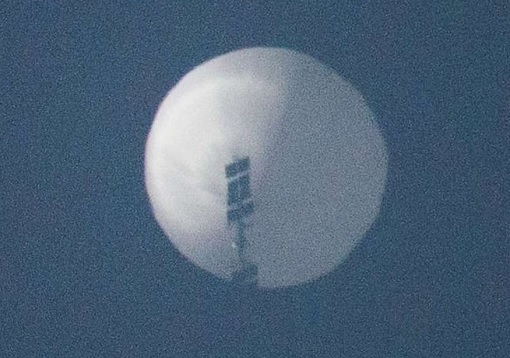
So, when a huge balloon, which the Pentagon believed to be a Chinese surveillance balloon entered American airspace, it immediately triggered alarm. Brig. Gen. Pat Ryder said – “The U.S. government has detected and is tracking a high-altitude surveillance balloon that is flying over the continental United States right now. NORAD continues to track and monitor it closely”.
The fact that NORAD (North American Aerospace Defense Command), Pentagon and President Joe Biden were scrambled to decide what to do with a balloon flying across the continental United States speaks volumes about the level of panic in Washington. Even The Canadian Department of National Defence and the Canadian Armed Forces are working with the U.S. to assess the situation.
First spotted over Montana on Thursday (Feb 2), US officials have said the flight path of the balloon suggests it could potentially fly over a “number of sensitive sites”, forcing the U.S. to take steps to “protect against foreign intelligence collection”. Montana Republican Rep. Ryan Zinke tweeted – “The Chinese spy balloon is clear provocation. In Montana we do not bow. Shoot it down.”
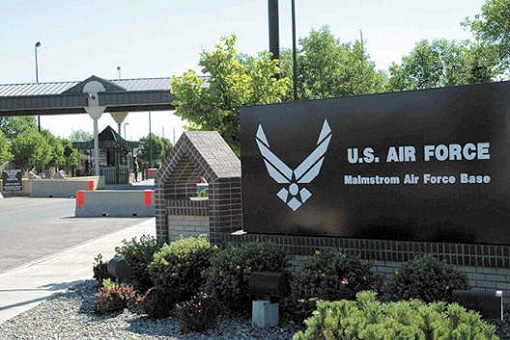
Matt Rosendale, another Montana Republican representative, furiously wrote – “It’s unacceptable to allow communist China to invade our airspace – this is another clear example of Chinese aggression. President Biden must start putting the American people first and recognize that China is a threat to our freedom, values and way of life.”
Likewise, House Speaker Kevin McCarthy requested a “Gang of Eight” briefing on the Chinese balloon. The so-called “Gang of Eight” refers to the top House and Senate leaders, as well as the heads of the intelligence committees in each chamber. Others top Republican and Democrat politicians have cried that the balloon represented a “violation of American sovereignty.”
But Biden has refused to give the order to shoot down the balloon, despite the fact that Malmstrom Air Force Base in Montana is home to one of only three nuclear missile silo fields in the country. While the balloon was probably collecting information over sensitive sites, military leaders have advised against shooting it down because of the danger that falling debris might pose to people on the ground.
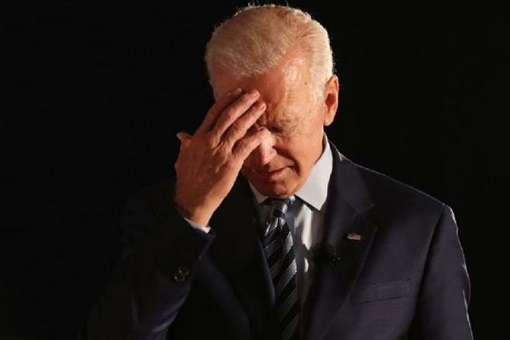
Apparently, the defence department claims that the balloon – the size of three buses – does not pose “significant threat” to the U.S. or compromise U.S. intelligence because American officials “know exactly where this balloon is and exactly where it’s passing over”. Pentagon also said the balloon was unlikely to give much more information than China can already collect using satellites.
Initially, Beijing has not directly acknowledged or denied that the balloon belongs to China. Its foreign ministry spokesperson Mao Ning merely said Beijing is currently attempting to verify the reports of the surveillance balloon, saying – “China is a responsible country and always abides strictly by international law. We have no intention of violating the territory or airspace of any sovereign country.”
Global Times, an English-language Chinese newspaper which is the mouthpiece of the Chinese government, took the opportunity to mock and ridicule the U.S. – “If balloons from other countries could really enter continental US smoothly, or even enter the sky over certain states, it only proves that the US’s air defence system is completely a decoration and cannot be trusted.”
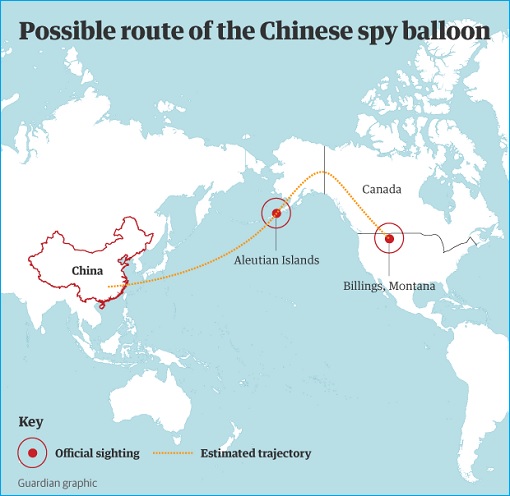
On Friday, however, China’s Foreign Ministry said the balloon, which flew over the Aleutian Islands and through Canada before moving into U.S. airspace, is indeed belongs to China. Its website says – “The airship is from China. It is a civilian airship used for research, mainly meteorological, purposes. Affected by the Westerlies and with limited self-steering capability, the airship deviated far from its planned course.”
The Beijing foreign ministry further said – “The Chinese side regrets the unintended entry of the airship into US airspace due to ‘force majeure’. The Chinese side will continue communicating with the US side and properly handle this unexpected situation caused by force majeure.” For the weather research balloon to be blown off course some 6,000 miles away from China is quite hilarious.
But there’s nothing Washington can do even if the Chinese story does not make any sense. The U.S. military similarly has used high-altitude balloons to conduct wide-area surveillance tests. In 2019, the U.S. unleashed 25 solar-powered balloons equipped with hi-tech radars designed to simultaneously track many individual vehicles day or night, through any kind of weather.
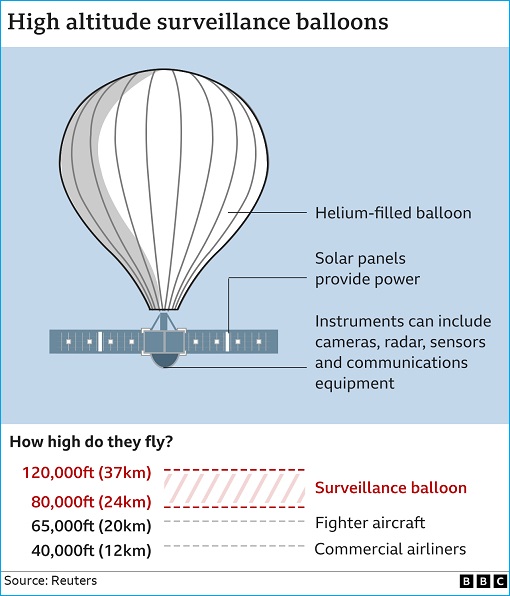
Modern satellite technology might have made spying using surveillance balloon obsolete. But with advances in the miniaturization of electronics, it also means balloon payloads can now weigh less – enabling the balloons to be smaller, cheaper and easier to launch compared to satellite. Despite their slow speeds, balloons aren’t always easy to spot or detect.
And because balloons have a very low signature and low-to-zero emission, they are hard to pick up with sensors or other surveillance technology. Unlike satellites, which are more predictable in their orbital routes, balloons could go off course depending on wind direction and can be steered using computers to loiter “innocently” across an area of surveillance.
It’s absolutely possible for the Chinese balloon to collect information on U.S. communication systems and radars. Retired US Air Force Col. Cedric Leighton said – “They could be scooping up signals intelligence, in other words, they’re looking at our cell phone traffic, our radio traffic.” Intelligence data collected could then be relayed in real time via a satellite link back to China.

Despite the U.S. officials’ claim that the balloon cannot collect any sensitive data, it’s unknown if the statement was designed to save face and to prevent humiliation that data had been compromised. The only way is to be sure is to bring down the balloon without destroying it so that its payload can be examined. Still, China can insist those data collection tools were for weather research.
There’s no guarantee that Beijing would stop launching more high-altitude balloons because they are cheaper than spy satellites, harder to spot by radar, difficult to shoot down and more importantly – an excellent toy to create alarms and tensions in Washington based on the Pentagon and the White House’s reactions. It sends a message that the Chinese too can create troubles for the U.S.
Not only the balloon – insignificant as compared to U.S. spy planes – was sent to demonstrate that China has a sophisticated technological capability to penetrate the U.S. airspace, but it also was a provocation to see how the Americans would react. Beijing wanted to send a message that it could retaliate if the U.S. keeps crossing the red line.
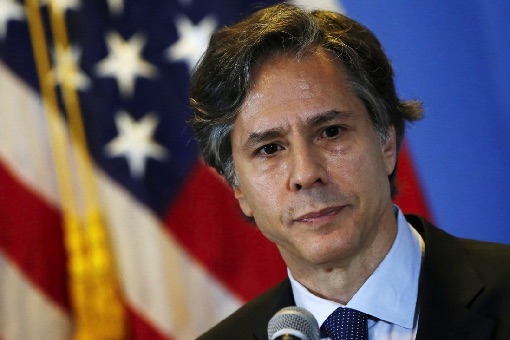
U.S. Secretary of State Antony Blinken, who was scheduled to depart for Beijing on Friday evening on his first visit to China, has been forced to postpone his trip following the spy balloon drama. This suggests that the damage from the Chinese surveillance could be more serious than Washington would like to admit, contrary to the Pentagon’s claims that no data had been breached.
However, there’s something more serious than potential breach of data. The uproar and anger demonstrated by member of Congress clearly show the violation of American sovereignty was a slap in the face of the U.S. – humiliation equivalent to the serious violation of the one-China principle when U.S. politicians like Nancy Pelosi deliberately visited Taiwan.
Other Articles That May Interest You
- US Could Only Watch As China Harass Taiwan – South Korea President’s Refusal To Meet Pelosi Shows Split Within U.S. Allies
- China Lectures Australia After Complains Chinese Jet Harassed Its Spy Plane – Dumping “Chaff” Which Sucked Into Engine
- Canada Air Force Complains “Unprofessional” Chinese Pilots Harassing Its Spy Plane – Sometimes Show “Middle Fingers”
- China-Solomon Islands Security Deal – Australia Extremely Panicked Over A New Chinese Military Base In Its Backyard
- U.S. Stunned & Upset – China Fired “Mach 5” Hypersonic Missile That Can Bypass Radar Shields And Hit The U.S.
- Damaged Even Before Go To War – How A $3 Billion “Crown Jewel” US Submarine Crashed Into An Undersea Mountain
- China Launches First 10,000-Ton Coast Guard Vessel – The “Monster” Ship That Operates 90 Days Without Resupply
- President Xi Warns China Will Never Be Bullied – The U.S. Not Impressed China Is Building 120 Nuclear Missile Silos
- Economic Destabilization – How China Prepares For American & Japanese Military Interference In Taiwan Conflict
- Warning To The U.S. – China Fires Nuclear-Capable “Aircraft-Carrier Killer” Ballistic Missiles In South China Sea
- Watch Out US, Japan, India – China Launches Asia’s Biggest Type 055 Destroyer

|
|
February 3rd, 2023 by financetwitter
|


|

|

|

|

|

|




























Comments
Add your comment now.
Leave a Reply